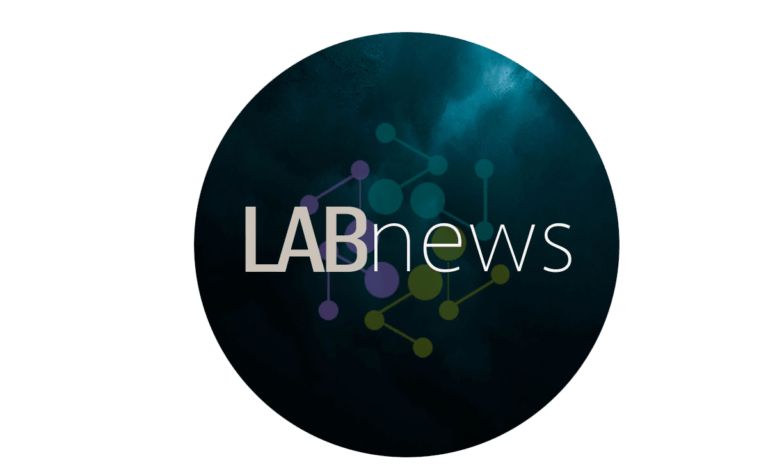
Lab News
A new acquisition in the environmental laboratory marketplace over the last quarter, and new long-awaited methods were issued by US EPA.
SGS Acquires New Chicago Laboratory Facility
SGS recently acquired the Forensic Analytical Consulting Services, Inc. (FACS) environmental laboratory, specializing in asbestos, located in Downers Grove, Illinois. This facility has been serving the greater Chicago and mid-west markets for over 30 years.
The new SGS laboratory facility has been renovated to ensure a full service and state-of-the-art approach to the environmental solutions that SGS clients have come to expect. SGS Industries and Environment offers conventional environmental analysis, industrial hygiene testing, testing for the built environment, specialty analysis including emerging contaminants of concern as well as drilling and field services across the North American laboratory network.
At the new Chicago laboratory location, customers will be able to obtain supplies like bottleware with reduced sample volume capabilities, pick up sampling media, drop off samples or schedule a SGS regional courier service. Additionally, this laboratory will continue to offer asbestos analysis. SGS expects this new addition to strengthen its network of laboratories across the region and help place its scope of environmental services closer to its customers.
US EPA Issues Two Important Analytical Methods
The US EPA Office of Water issued two new methods in late July and early September 2021. Both methods have been long awaited by the environmental testing and regulated communities. US EPA issued “Method 1628: Polychlorinated Biphenyl (PCB) Congeners in Water, Soil, Sediment, Biosolids, and Tissue by Low-Resolution GC-MS using Selected Ion Monitoring” (821-R-21-002; July 2021). Method 1628 was issued along with a multi-laboratory validation study conducted by US EPA, but the method is not yet approved under the Clean Water Act at 40 CFR Part 136. US EPA intends to propose and promulgate Method 1628 as the replacement to the currently approved method that detects polychlorinated biphenyls (PCBs) as Aroclors that is Method 608.3. US EPA has been working on this method since 2010 when Method 1668C (PCB Congeners by HRGC/HRMS) was withdrawn from promulgation. Method 1628 will detect, directly or indirectly, all 209 PCB congeners.
US EPA also issued a draft method for per- and polyfluoroalkyl substances (PFAS) in early September 2021 as “Draft Method 1633 – Analysis of Per- and Polyfluoroalkyl substances (PFAS) in Aqueous, Solid, Biosolids and Tissue Samples by LC-MS/MS” (821-D-21-001, August 2021). This is the first PFAS method issued by US EPA for non-drinking water matrices that makes use of powerful isotope dilution. However, the draft method has only been validated by one laboratory. Method 1633 validated the method for 40 PFAS compounds. US EPA indicates that a multi-laboratory validation study of draft Method 1633 will begin in 2021 and anticipates completion of the study in 2022.
Environmental Standards in the process of reviewing both new methods on behalf of interested stakeholders. If your company is interested in these method reviews, please contact David Blye or Rock Vitale at 610.935.5577 x401 and x400, respectively.
Method 1628 can be found here https://www.epa.gov/cwa-methods/pcb-congeners-low-resolution-gc-ms-method-1628-not-yet-approved.
Draft Method 1633 can be found here https://www.epa.gov/cwa-methods/cwa-analytical-methods-and-polyfluorinated-alkyl-substances-pfas.

